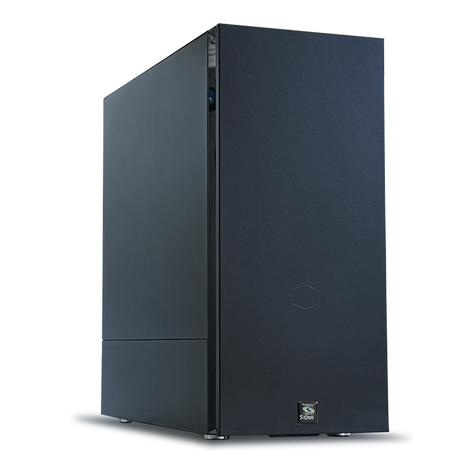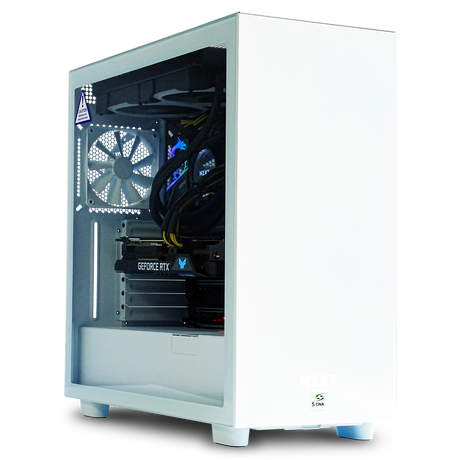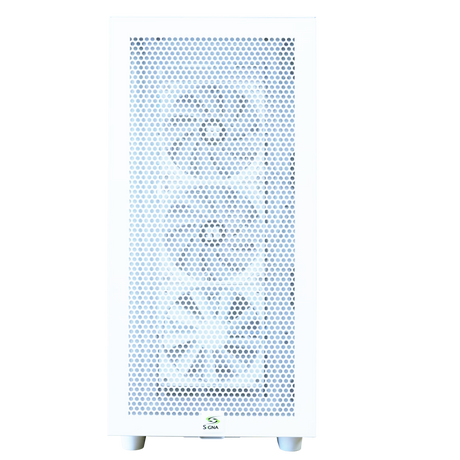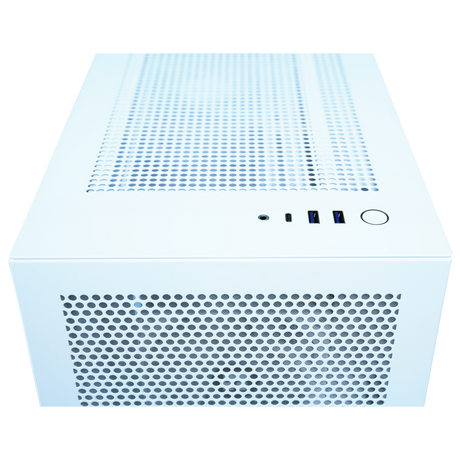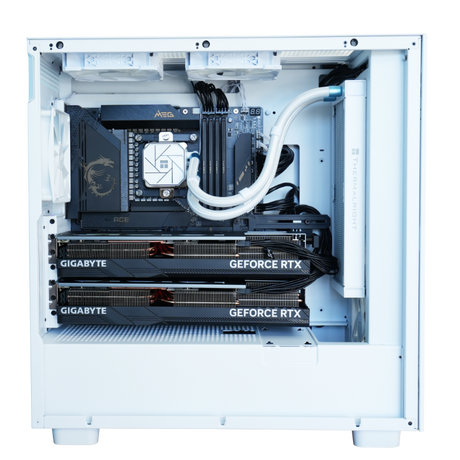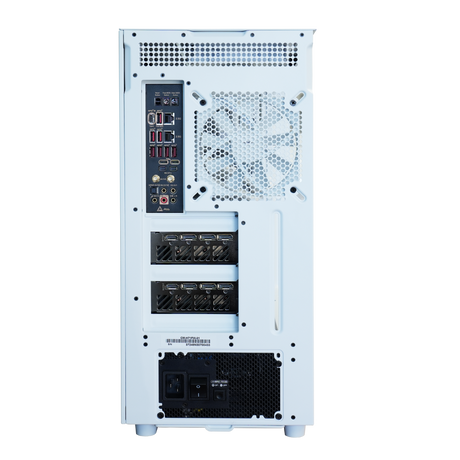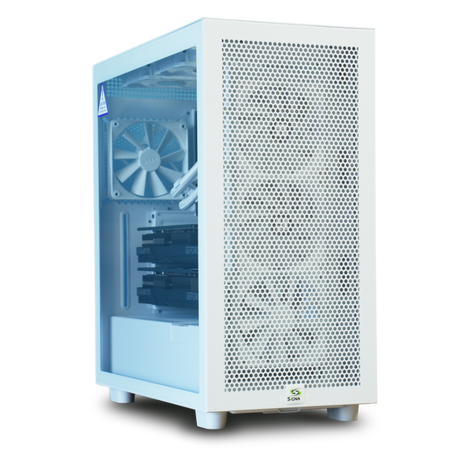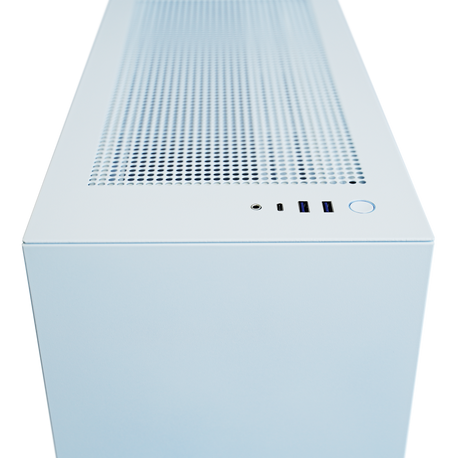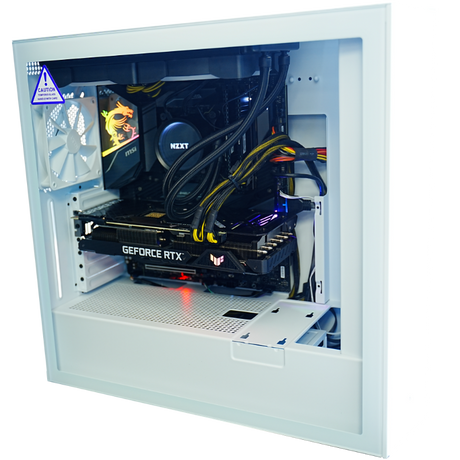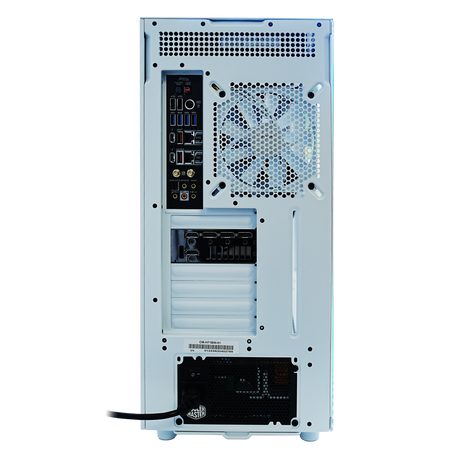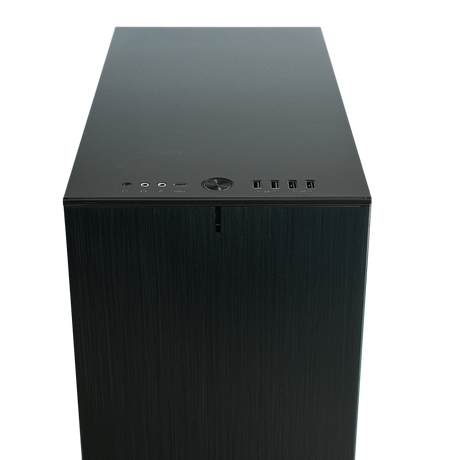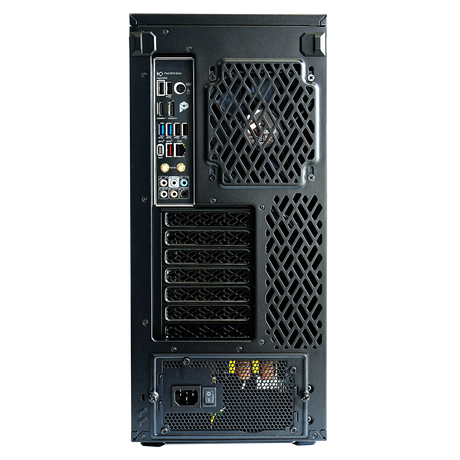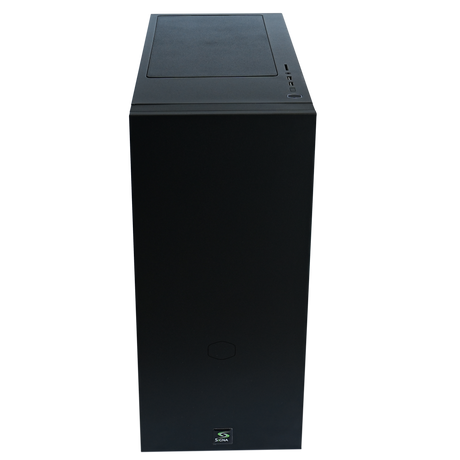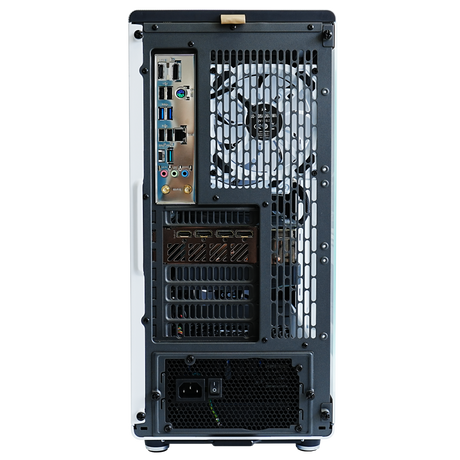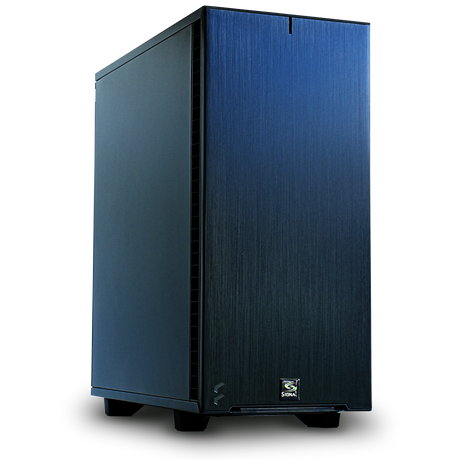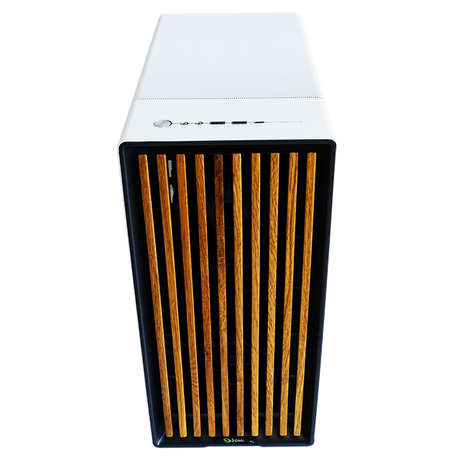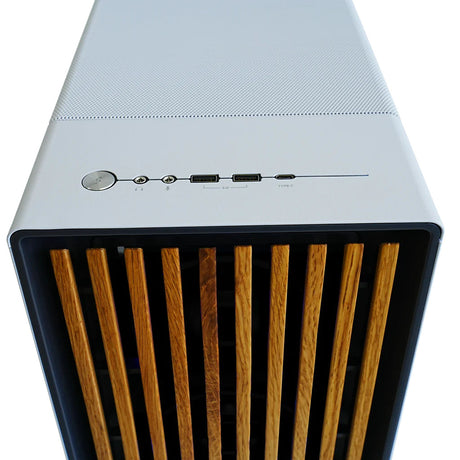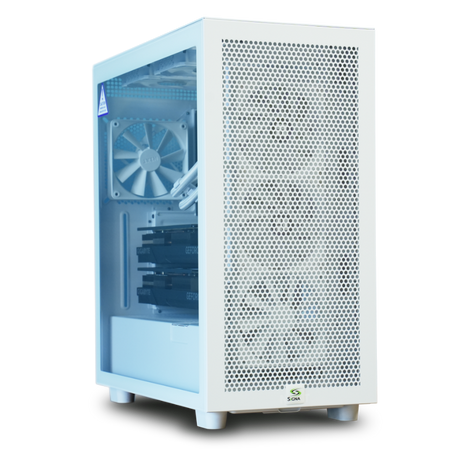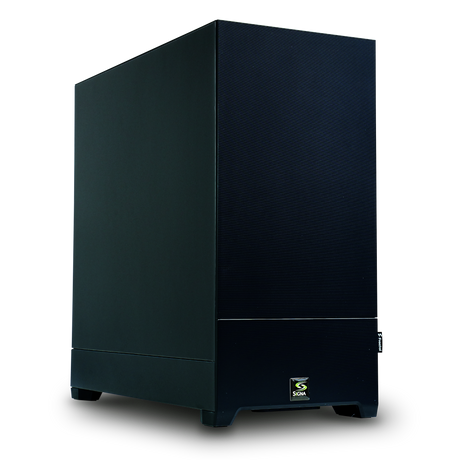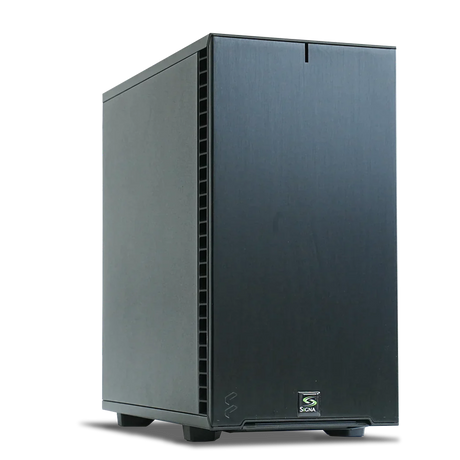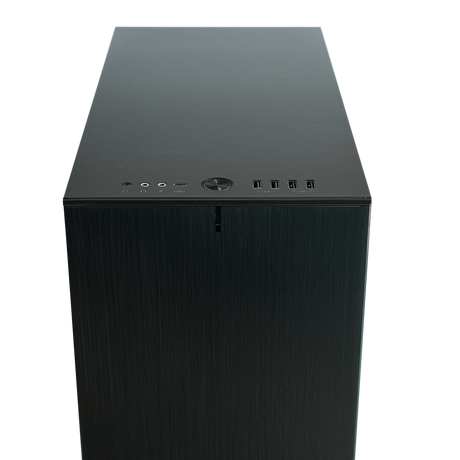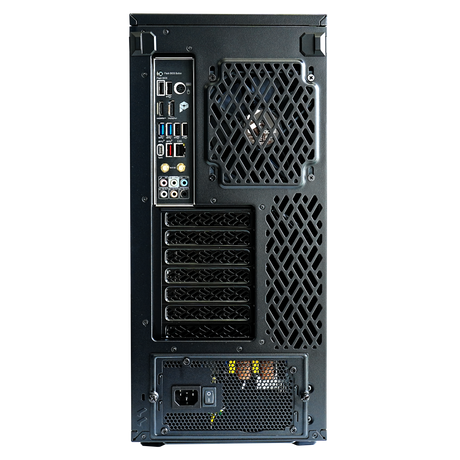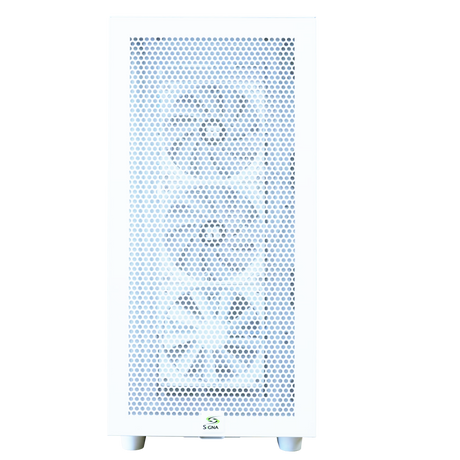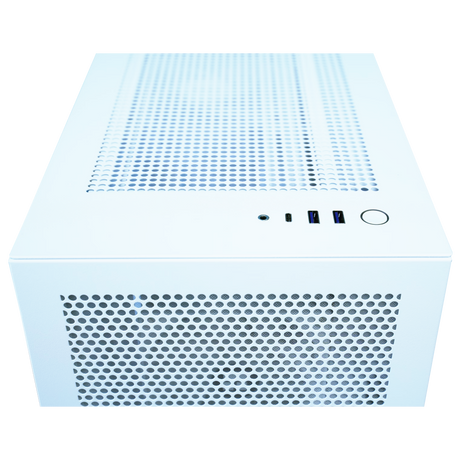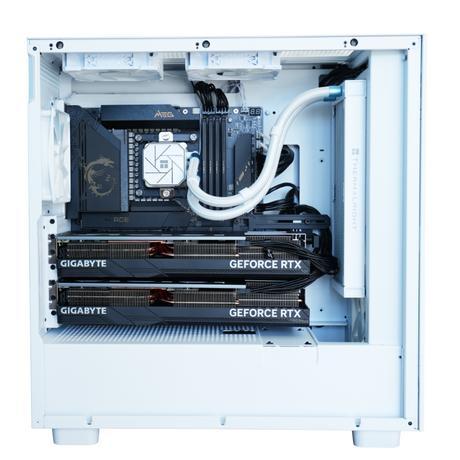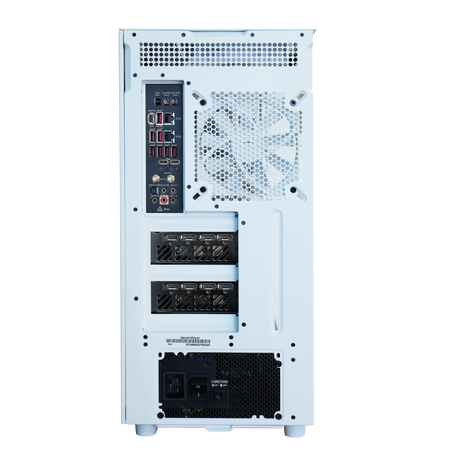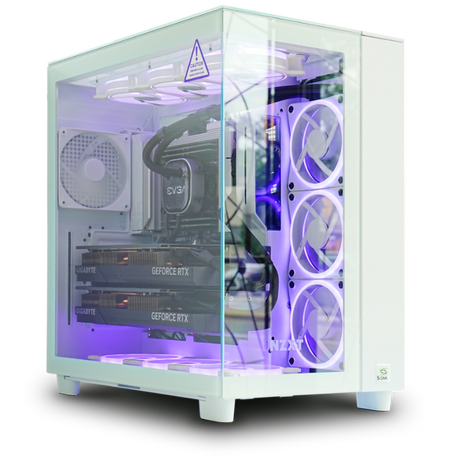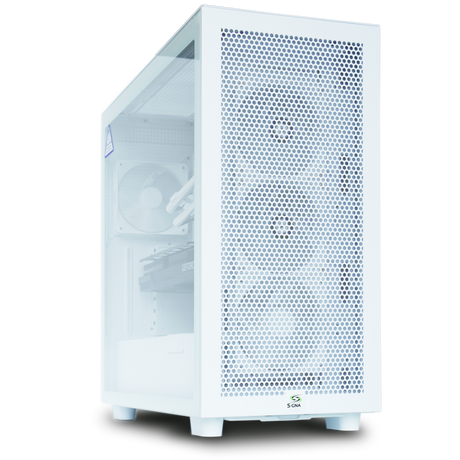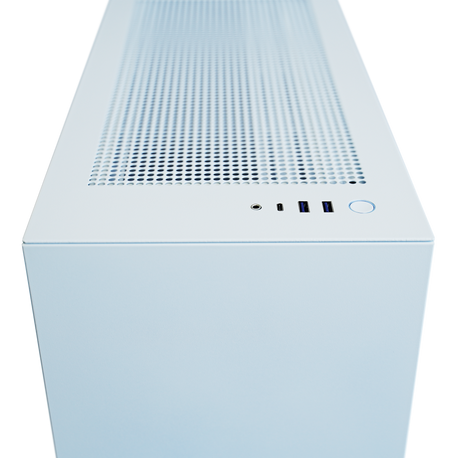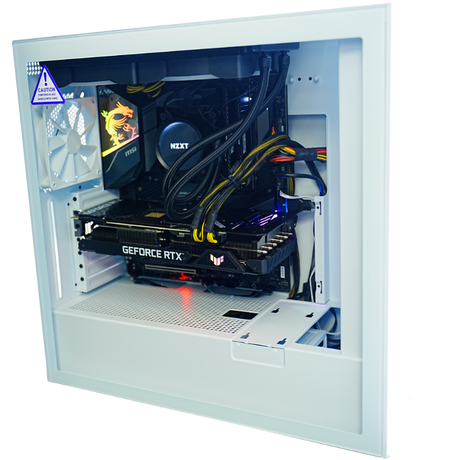Absolutely! Here’s your Autodesk Inventor system requirements guide in the full, professional Signa format, ready for use on your website, in print, or on social media:
Autodesk Inventor System Requirements
Engineered for Inventor. Built for Precision, Performance, and Productivity.
Inventor is Autodesk’s powerful 3D CAD software for mechanical design, simulation, and product engineering. It handles everything from parametric part modeling to large assemblies and FEA—but to run Inventor smoothly, your system needs more than just the basics.
At Signa, we’ve spent years testing Inventor with real-world engineering projects. Whether you’re working in 2D, 3D, or simulation mode, our workstations are optimized for stability, speed, and responsiveness—so you can focus on design, not delays.
⚙️ Processor (CPU) – Powering Design and Simulation
Inventor is mostly single-threaded for everyday modeling tasks, meaning clock speed is more important than core count. However, simulation, rendering, and multitasking do benefit from extra threads.
Recommended CPUs:
These CPUs offer excellent single-core performance for fast modeling, while providing enough cores for rendering, simulation, and running other programs in parallel.
💡 Doing FEA, visualization, or multi-app workflows? We’ll tune your CPU to match.
Graphics Card (GPU) – Smooth Viewport Navigation
Inventor offloads real-time graphics to your GPU. For complex assemblies, visual styles, and smooth pan/orbit/zoom interaction, a strong graphics card is essential.
Recommended GPUs:
-
NVIDIA RTX 5080 / 5070 – Ideal for most Inventor professionals
-
NVIDIA RTX 5090 – Perfect for large assemblies and multi-display setups
-
RTX 5000 Ada – For engineering teams needing certified drivers and maximum stability
Why NVIDIA?
Autodesk certifies many NVIDIA GPUs for use with Inventor. RTX Professional cards (formerly Quadro) are ideal for businesses needing long-term driver stability and official support.
Memory (RAM) – Keep Assemblies and Tools Running Smoothly
Inventor doesn’t use massive amounts of RAM by itself, but if you’re working with large assemblies, simulation data, or multitasking, memory can quickly become a bottleneck.
Recommended RAM:
Sufficient RAM ensures a stable experience when working with multiple parts, drawings, and analysis tools—especially in collaboration with AutoCAD, Vault, or Revit.
Storage (Drives) – Speed Up Load Times and Save Work Instantly
Inventor project files, linked parts, and simulation results grow fast. Fast storage improves load/save speeds, file access, and overall responsiveness—especially with Vault or shared drives.
Recommended setup:
-
Primary Drive: 1TB–2TB NVMe SSD for Windows, Inventor, and current projects
-
Secondary NVMe SSD: For active files, simulations, and reference libraries
-
Archive: High-capacity HDD or NAS for backups, old revisions, and completed work
Why NVMe?
NVMe drives are up to 6x faster than older SATA SSDs, giving you instant access to large assemblies and reducing downtime.
Why Choose a Signa Workstation for Autodesk Inventor?
✅ Tested and optimized for Inventor’s modeling, simulation, and rendering workflows
✅ Balanced CPU and GPU performance for design engineers
✅ Compatible with Autodesk Vault, AutoCAD, and other engineering tools
✅ Local expert support from our Toronto team
✅ Built to your exact needs—whether you're solo, in a team, or managing IT
📞 Ready to Design Faster and Work Smarter?
Whether you're engineering precision parts or building full product assemblies, we’ll help you build a workstation that makes Inventor feel effortless.
🔗 Book your free consultation today
📍 Visit us: 3457 Yonge Street, Toronto
📞 Call us: (416) 488-9208


